The program for this year’s Nobel Biocare Global Symposium offers a rich variety of lectures, master classes and hands-on courses focusing on new ways to enhance implant treatment, apply digital dentistry and attain clinical excellence. Prior to the event, Dental Tribune Online spoke with scientific committee chairmen Drs. Peter Wöhrle and Bertil Friberg about the event’s different themes and sessions, which aim to address current opportunities and challenges for dental professionals.
Drs. Wöhrle and Friberg, could you please introduce yourselves to the readers by telling them how you became involved in the scientific committee of the 2016 Nobel Biocare Global Symposium?
Dr. Bertil Friberg: I have been a member of the Brånemark Clinic in Gothenburg, Sweden, since its founding in 1986. For the past 30 years, I have been working in close collaboration with Nobel Biocare regarding lectures, research and clinical activities.
Dr. Peter Wöhrle: During my doctoral and postdoctoral training at Harvard in the 1980s, I was introduced to the work of Prof. Per-Ingvar Brånemark. Ever since then, implant dentistry has been the focus of my professional career. Over the years, I have become increasingly involved in research and teaching in addition to clinical work. My formal training in the interrelated areas of implant dentistry, namely surgery, prosthetics and laboratory technology, allows me to help improve outcomes based on understanding the effects and synergies on each other and streamlining of the different aspects of treatment.
What did you consider most important in compiling the scientific program for the symposium?
Friberg: This is the most comprehensive congress I have ever taken part in. It covers all topics of importance in daily implant practice, the laboratory, preclinical evaluations and treatment planning, implant placement and prosthetics, maintenance considerations, complications and how to handle them, and how to interpret result data.
Wöhrle: This symposium has something to offer for every attendee, as it covers all aspects of topics related to implant dentistry. We went to great lengths in developing several different tracks based on specific topics of interest. Once the attendee decides which topic is most interesting, the schedule allows and encourages full exploration of that subject via lectures, master classes and hands-on courses. We will have multiple activities every minute of the symposium, thus offering unprecedented learning opportunities based on individualized interest and scheduling.
The theme of this year’s event is “Where innovation comes to life.” Which innovations can participants look forward to in particular?
Friberg: In addition to various new components, including NobelParallel, NobelActive WP and angulated screw channel abutments, which aim to facilitate the work of clinicians, participants will learn about the latest in digitization, handling research data, cell biology and osseointegration, as well as the latest in the treatment and prevention of periimplantitis.
Wöhrle: There will be ample innovations presented during the symposium, culminating in the innovation assembly forum on Saturday afternoon. The entire session will be devoted to new and upcoming products and trends in implant dentistry. This is an event not to be missed.
What are the implications of these new developments for daily clinical practice, and how can both dentists and patients benefit?
Friberg: These developments will help facilitate treatment in the posterior region, avoid cementation in the anterior region and prevent complications. They also offer various implant designs for specific clinical situations and represent further developments in hard- and soft-tissue management.
Wöhrle: The overriding goal of significant innovations in implant dentistry is to allow practitioners to achieve better long-term clinical outcomes in more patients. The graftless approach and the digital workflow, including 3-D planning and implant placement with CAD/CAM-generated surgical templates, are prime examples of how innovations can transform long-established protocols for the benefit of the patient.
Both of you have many years of experience in implant surgery. How has the field progressed in the last 20 years, and how can events like the Nobel Biocare Global Symposium support dentists in keeping up with these changes?
Friberg: This meeting addresses the main innovations we have seen over the past several years, such as improved techniques in both surgery and prosthetics. With the technology and methodology today we are, for example, able to treat severely compromised cases in terms of poor bone volume and poor bone texture much better. At the symposium, participants will have the opportunity to interact during treatment planning sessions, and ahead of the event, they have been able to suggest topics of individual interest that will be presented by various speakers.
Wöhrle: Major milestones in the last 20 years have been the introduction of the TiUnite surface, significantly decreasing early failures in certain applications and groups of patients, and immediate loading in select cases, shortening treatment time and thus cost for patients. Currently, the digital revolution—CT-based planning programs, CAD/CAM-generated surgical templates, and digitally designed and manufactured restorations—has changed the way we practice dentistry today, and it will change it even more in the future.
Digitization is becoming increasingly important in all kinds of industries and dentistry is no exception. Will the symposium also address this topic, as outcomes of implant placement may become significantly more predictable with digital technologies?
Friberg: In my opinion, computer planning of implants is much more important when treating patients with severely resorbed jaw bone and in patients in whom implants may interfere with various anatomical landmarks, and for whom exact positioning of the implants may be the difference between success and failure. Straightforward cases are normally solved without digitization.
Wöhrle: Absolutely. Digital implant planning and placement deliver more efficient care with consistently better outcomes, especially in the partially edentulous patient. Placing an implant that is restorable is no longer the aspiration; with today’s technology, one can do better. Properly executed guided surgery, combined with proper treatment planning, elevates the level of excellence while increasing efficiency and safety.
Another major topic in implant dentistry is the treatment and prevention of periimplantitis. What is the current scientific evidence on this issue?
Friberg: This is a topic addressed in many congresses today. We must keep in mind that there is still not an accepted definition of periimplantitis and, thus, prevalence figures vary a great deal. Several efforts have been made to gather expertise from all over the world to provide consensus statements on the problem.
At the moment, we do not sufficiently understand the periimplantitis issue, its site specificity, its sometimes very poor response to treatment, the impact of microbes, the foreign body reaction and so on. However, all these topics will be addressed at the symposium to provide clinicians with the latest research on periimplantitis.
Wöhrle: As Dr. Friberg just explained, there is no consensus on the definition of periimplantitis, its cause or even its treatment. I am looking forward to the latest research and updates that will be presented during the symposium.



 Albania / Albania
Albania / Albania
 Austria / Österreich
Austria / Österreich
 Bosnia and Herzegovina / Босна и Херцеговина
Bosnia and Herzegovina / Босна и Херцеговина
 Bulgaria / България
Bulgaria / България
 Croatia / Hrvatska
Croatia / Hrvatska
 Czech Republic & Slovakia / Česká republika & Slovensko
Czech Republic & Slovakia / Česká republika & Slovensko
 Denmark / Danmark
Denmark / Danmark
 Finland / Suomi
Finland / Suomi
 France / France
France / France
 Germany / Deutschland
Germany / Deutschland
 Greece / ΕΛΛΑΔΑ
Greece / ΕΛΛΑΔΑ
 Italy / Italia
Italy / Italia
 Netherlands / Nederland
Netherlands / Nederland
 Nordic / Nordic
Nordic / Nordic
 Poland / Polska
Poland / Polska
 Portugal / Portugal
Portugal / Portugal
 Romania & Moldova / România & Moldova
Romania & Moldova / România & Moldova
 Slovenia / Slovenija
Slovenia / Slovenija
 Serbia & Montenegro / Србија и Црна Гора
Serbia & Montenegro / Србија и Црна Гора
 Spain / España
Spain / España
 Sweden / Sverige
Sweden / Sverige
 Switzerland / Schweiz
Switzerland / Schweiz
 Turkey / Türkiye
Turkey / Türkiye
 UK & Ireland / UK & Ireland
UK & Ireland / UK & Ireland
 International / International
International / International
 Brazil / Brasil
Brazil / Brasil
 Canada / Canada
Canada / Canada
 Latin America / Latinoamérica
Latin America / Latinoamérica
 China / 中国
China / 中国
 India / भारत गणराज्य
India / भारत गणराज्य
 Japan / 日本
Japan / 日本
 Pakistan / Pākistān
Pakistan / Pākistān
 Vietnam / Việt Nam
Vietnam / Việt Nam
 ASEAN / ASEAN
ASEAN / ASEAN
 Israel / מְדִינַת יִשְׂרָאֵל
Israel / מְדִינַת יִשְׂרָאֵל
 Algeria / الجزائر
Algeria / الجزائر
 Middle East / Middle East
Middle East / Middle East
:sharpen(level=0):output(format=jpeg)/up/dt/2023/03/Short-wavelength-infrared-imaging-shows-potential-for-detection-of-secondary-carious-lesions.jpg)
:sharpen(level=0):output(format=jpeg)/up/dt/2023/02/shutterstock_1177724560-edited.jpg)
:sharpen(level=0):output(format=jpeg)/up/dt/2023/02/How-high-inflation-is-affecting-the-buying-and-selling-of-dental-clinics.jpg)
:sharpen(level=0):output(format=jpeg)/up/dt/2023/02/bulk2.jpg)
:sharpen(level=0):output(format=jpeg)/up/dt/2023/02/CDSsign2.jpg)

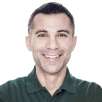
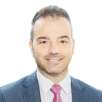




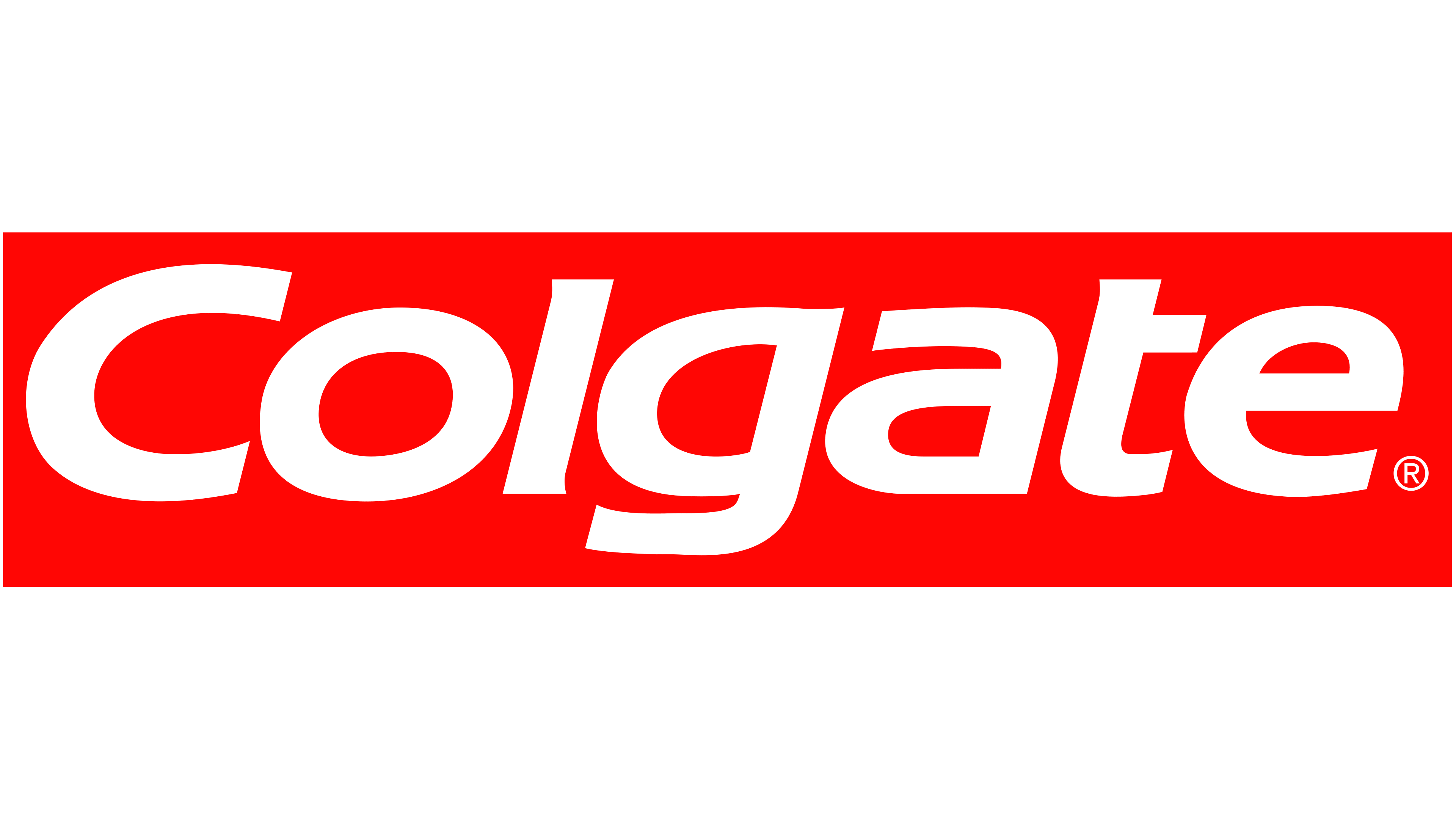
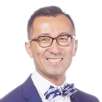
:sharpen(level=0):output(format=png)/up/dt/2014/02/A-dec.png)
:sharpen(level=0):output(format=png)/up/dt/2014/02/3shape.png)
:sharpen(level=0):output(format=png)/up/dt/2013/01/Amann-Girrbach_Logo_SZ_RGB_neg.png)
:sharpen(level=0):output(format=png)/up/dt/2012/06/Croixture.png)
:sharpen(level=0):output(format=png)/up/dt/2022/01/Sprintray_Logo_2506x700.png)
:sharpen(level=0):output(format=png)/up/dt/2014/02/MIS.png)
:sharpen(level=0):output(format=jpeg)/up/dt/e-papers/313543/1.jpg)
:sharpen(level=0):output(format=jpeg)/up/dt/e-papers/308940/1.jpg)
:sharpen(level=0):output(format=jpeg)/up/dt/e-papers/308938/1.jpg)
:sharpen(level=0):output(format=jpeg)/up/dt/2022/06/DTUS3ET_April2022_Final.jpg)
:sharpen(level=0):output(format=jpeg)/up/dt/e-papers/304597/1.jpg)
:sharpen(level=0):output(format=jpeg)/up/dt/2022/02/DTUS0122_cover.jpg)
:sharpen(level=0):output(format=png)/up/dt/2023/03/IMP-Banner-Image-World-Summit-Athens.png)
:sharpen(level=0):output(format=jpeg)/up/dt/2023/03/corp-en-us-image-dsw23-homepage-teaser-stage.jpg)
:sharpen(level=0):output(format=png)/up/dt/2010/11/Nobel-Biocare-Logo-2019.png)
:sharpen(level=0):output(format=jpeg)/up/dt/2017/01/8124e95e2298172e8f3e34e17e7c6adf.jpg)
:sharpen(level=0):output(format=gif)/wp-content/themes/dt/images/no-user.gif)
:sharpen(level=0):output(format=jpeg)/up/dt/2017/01/b237d4c31d5e93850ee28d61063d3dfd.jpg)
:sharpen(level=0):output(format=jpeg)/up/dt/2017/01/d6d9ed7ceab4be1f67fbd76beb3308e0.jpg)
:sharpen(level=0):output(format=jpeg)/up/dt/2017/01/3a1f67269b7bb3535d4304b9fbbc6402.jpg)
:sharpen(level=0):output(format=jpeg)/up/dt/2009/06/resize_1246382765_uploads_images_c2867bb95ec2ec2f29cf9a0ecf11a7c2_jpg_610x0_85.jpg)






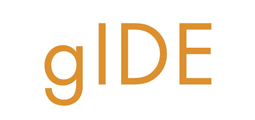

:sharpen(level=0):output(format=jpeg)/up/dt/2018/05/AO_Higuchi_Branemark.jpg)
:sharpen(level=0):output(format=jpeg)/up/dt/2017/03/480449abcc8c838c01ad4e11ef23efb3.jpg)
:sharpen(level=0):output(format=jpeg)/up/dt/2017/07/resize_1468488583_uploads_images_56070e9268900b26fb01d6170c7edab8_jpg_610x0_85.jpg)
:sharpen(level=0):output(format=jpeg)/up/dt/e-papers/308940/1.jpg)
:sharpen(level=0):output(format=jpeg)/up/dt/e-papers/308938/1.jpg)
:sharpen(level=0):output(format=jpeg)/up/dt/2022/06/DTUS3ET_April2022_Final.jpg)
:sharpen(level=0):output(format=jpeg)/up/dt/e-papers/304597/1.jpg)
:sharpen(level=0):output(format=jpeg)/up/dt/2022/02/DTUS0122_cover.jpg)
:sharpen(level=0):output(format=jpeg)/up/dt/e-papers/313543/1.jpg)
:sharpen(level=0):output(format=jpeg)/up/dt/e-papers/313543/2.jpg)



